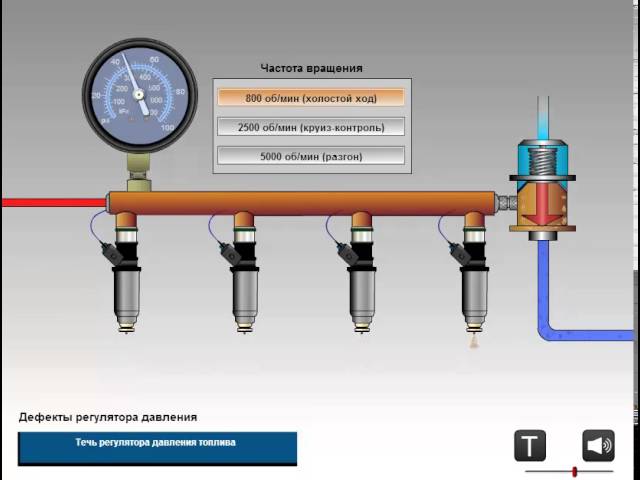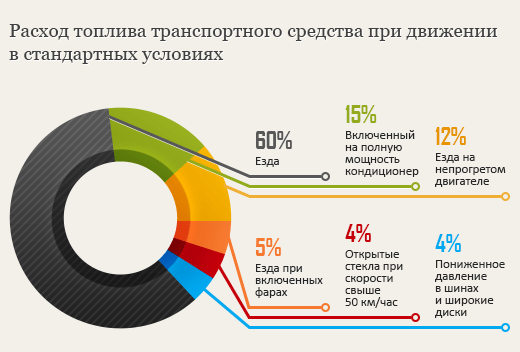
How to find out the fuel consumption of a car by mileage (per 100 km)
Content
Before buying a car, the future owner in most cases is interested in how much fuel his car will consume per hundred kilometers. Usually three modes of consumption are indicated - in the city, on the highway and mixed. All of them are quite far from the truth, since, on the one hand, they are declared by the interested party of the manufacturer, and on the other hand, they can only be checked under ideal conditions, which is very difficult to do during normal operation. It remains to find out the real consumption in fact.
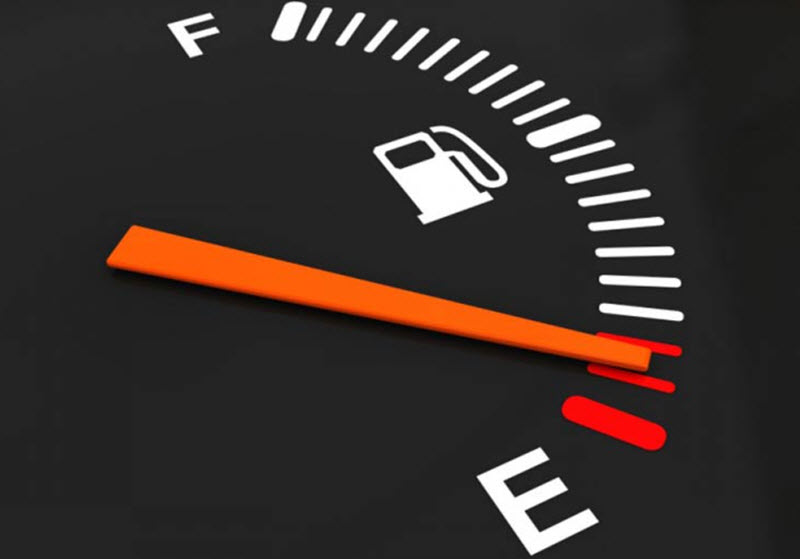
What is fuel consumption
When a car engine is running, gasoline, diesel fuel or gas is consumed continuously.
The heat energy released during combustion goes in different directions:
- due to the low efficiency of the internal combustion engine (ICE), it is uselessly lost to heat through a specially constructed and efficient cooling system, as well as with exhaust gases;
- lost in transmission and wheels, transformed into the same heat;
- passes into the kinetic energy of the mass of the car during acceleration, and then again into the atmosphere during braking or coasting;
- goes to other expenses, such as lighting, climate control in the cabin, and so on.
Since the car is conceived as a vehicle, it would be most logical to normalize fuel consumption in units of mass per unit of useful mileage. In reality, volume and off-system units are used instead of mass, therefore it is customary to count in liters per 100 kilometers.
Some countries use the reciprocal of how many miles a car can travel on one gallon of fuel. There is no fundamental difference here, this is a tribute to tradition.

Sometimes consumption is taken into account when the engine is idling, for example, if the vehicle is operated in a cold climate and the engines are not turned off. Or in city traffic jams, where cars cost more than they drive, but these indicators are not always needed, and besides, they are insignificant.
How is it calculated per 100 km of track
To measure the consumption of a car in real conditions, there are many ways. All of them require the most accurate accounting of the mileage and fuel spent over this distance.
- You can use dispenser meters, which, if there is no crime, are very accurate devices for measuring the volume of fuel pumped.
To do this, you need to accurately fill an almost empty tank under the plug, reset the trip meter to zero, use up as much fuel as possible and fill the tank again, noting the finish mileage readings.

To increase the accuracy and take into account various operating conditions, you can repeat the experiment several times, fixing all the data. As a result, two numbers will become known - the mileage in kilometers and the fuel used.
It remains to divide the volume of fuel by the mileage and multiply the result by 100, you get the desired consumption with an accuracy determined mainly by odometer errors. It can also be calibrated, for example by GPS, by entering a conversion factor.
- Many cars have a standard or additionally installed on-board computer (BC), which shows the consumption in digital form, both instantaneous and averaged.
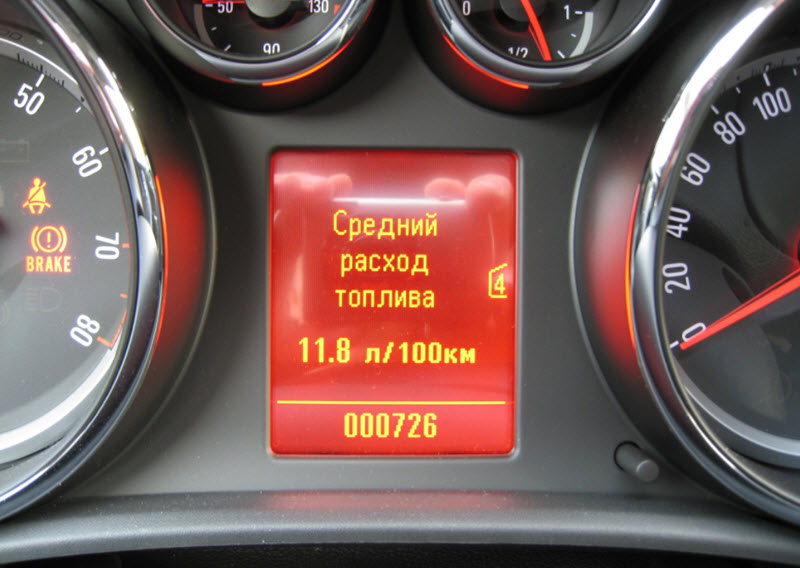
It is better to check the readings of such devices in the above way, since the computer takes the initial information on an indirect basis, implying a stable performance of the fuel injectors. It is not always so. As well as to evaluate the data of the standard fuel gauge without prior manual calibration.
- It is enough to keep track of the consumed fuel according to the checks of gas stations, recording the mileage.
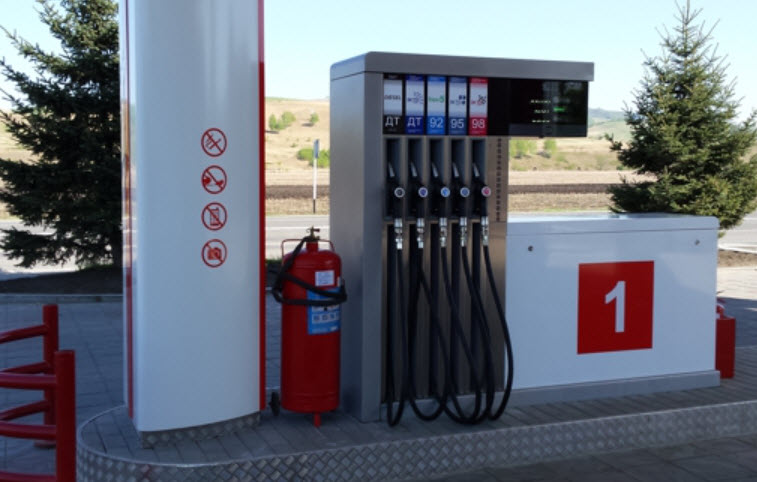
In such cases, you can not fill the tank under the plug, completely emptying it, since both cases are harmful to the car. If you do this long enough, then the error will be minimal, the inaccuracies are statistically averaged.
- The most meticulous car owners measure consumption by switching the power supply to a measuring container instead of a regular tank.
This is only allowed in car factories where there is safe equipment. In amateur conditions, there are great chances to start a fire without ever knowing how economical the burnt car was.
Any method of measurement makes sense if the driving conditions and the condition of the car were average for its actual operation. With deviations inside and outside the car, consumption can vary by many tens of percent.
What affects fuel consumption
We can briefly say that almost everything affects consumption:
- driving style of the driver - consumption can easily be tripled or halved;
- the technical condition of the car, many malfunctions make it necessary to consume gasoline or diesel fuel, as drivers say, “buckets”;
- weight of the machine, its loading and saturation with additional equipment;
- non-standard tires or unregulated pressure in them;
- temperature overboard and in the engine cooling system, transmission warm-up;
- aerodynamics and its distortion in the form of roof racks, spoilers and mudguards;
- the nature of the road situation, time of year and day;
- switching on lighting and other additional electrical equipment;
- movement speed.
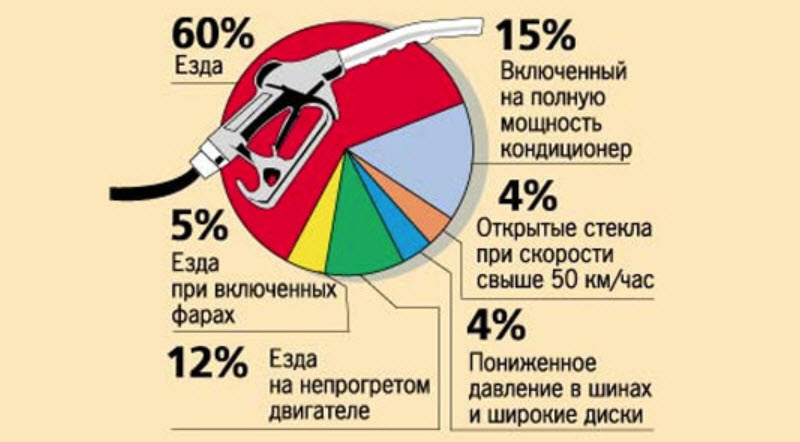
Against this background, it is easy to lose the technical perfection embedded in the car, which makes it possible to use fuel as economically as possible. In this regard, not all cars are the same.
3 most economical cars
The most economical modern diesel cars with a small displacement, equipped with a turbocharger. Gasoline, even the best, while spending a liter or two more.
The efficiency rating looks debatable, but the results of engineering efforts can be approximately estimated.
- Opel Corsa, its 1,5-liter turbodiesel, even with an automatic transmission, has a claimed consumption of 3,3 liters per 100 km. However, in the previous generation, when Opel was not yet a French brand and was not based on Peugeot 208 units, its 1,3 engine with a manual consumed even less. Although the power has grown and the environment has improved, you have to pay for it.
- The sixth generation European Volkswagen Polo with a 1,6 diesel consumes 3,4 liters. The fifth had a 1,4-liter engine, which was enough for 3 liters with less power. The concern has always been able to make economical engines.
- Hyundai i20, sold in Korea, can be equipped with a small 1,1 turbodiesel, consuming 3,5 liters per 100 km. It is also not officially sold in Russia due to the dubious quality of domestic diesel fuel, but cars still penetrate the market.
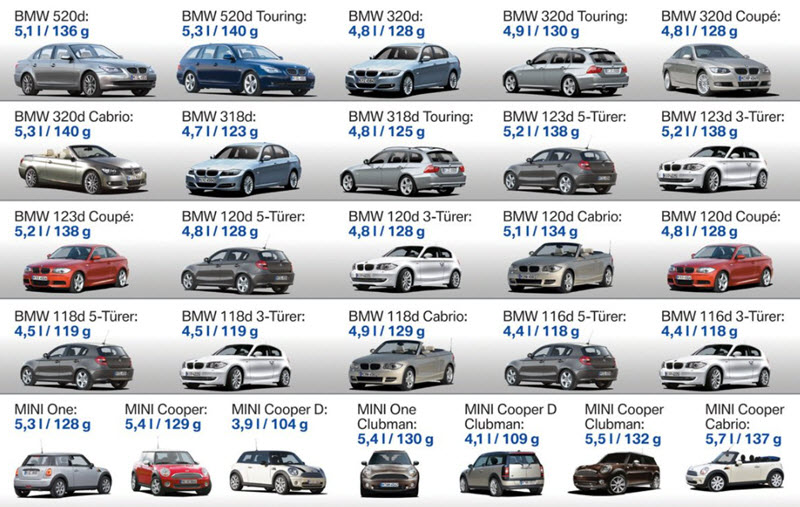
Motors like these cast doubt on the future transition to electric traction, as they provide very clean exhaust at a meager cost.
But there is one caveat, a diesel engine with fuel equipment of the latest generations is very expensive to manufacture and repair. This is even called a loan agreement, first savings, and then you still have to pay.

